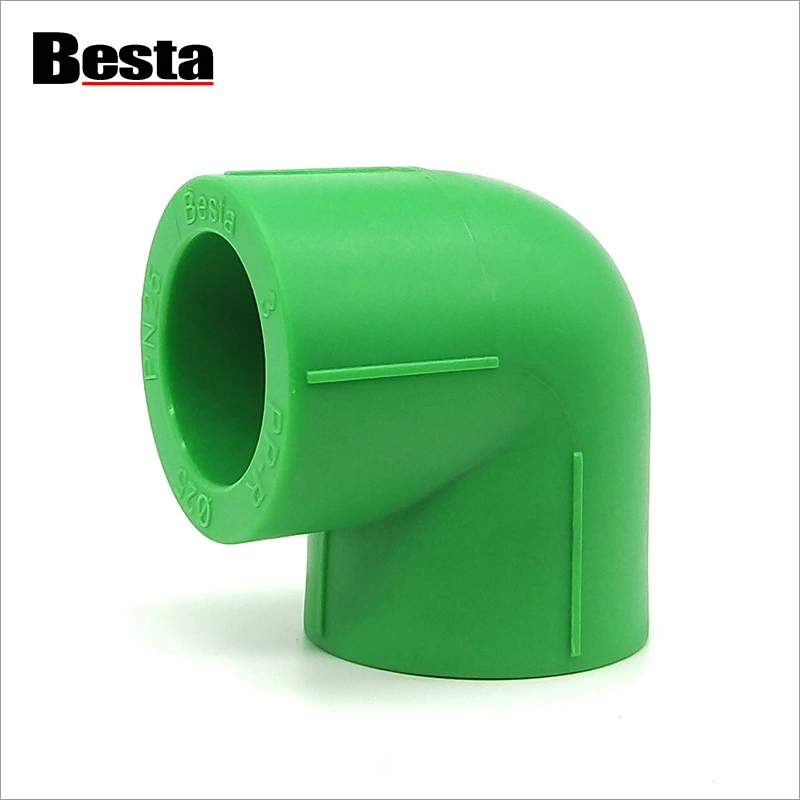Types and uses of PPR pipe fittings
2024-05-30
PPR (Polypropylene Random Copolymer) pipe fittings are widely used in plumbing and piping systems due to their durability, resistance to corrosion, and ability to handle hot and cold water. Here are the common types of PPR pipe fittings and their uses:

Types of PPR Pipe Fittings
1. Coupling:
- Straight Coupling: Connects two pipes of the same diameter.
- Reducer Coupling: Connects pipes of different diameters.
2. Elbow:
- 90-Degree Elbow: Changes the direction of the pipe by 90 degrees.
- 45-Degree Elbow: Changes the direction of the pipe by 45 degrees.
3. Tee:
- Equal Tee: Connects three pipes of the same diameter.
- Reducer Tee: Connects pipes of different diameters.
4. Cross:
- Connects four pipes, usually in a perpendicular arrangement.
5. End Cap:
- Used to close the end of a pipe.
6. Union:
- Allows for easy disconnection of pipes for maintenance or repair.
7. Flange:
- Used to connect pipes to other components like valves or pumps, usually with bolts.
8. Adapters:
- Male Threaded Adapter: Connects PPR pipes to pipes with external threads.
- Female Threaded Adapter: Connects PPR pipes to pipes with internal threads.
9. Bends:
- Gradually changes the direction of the pipe to reduce flow resistance.
10. Ball Valve:
- Used to control the flow of water through the pipe system.
11. Check Valve:
- Prevents backflow of water in the pipe system.
12. Socket Fusion Fittings:
- Socket Fusion Elbows, Tees, and Couplings: Used with a special socket fusion welding tool to connect PPR pipes.
Uses of PPR Pipe Fittings
1. Hot and Cold Water Supply:
- PPR fittings are ideal for domestic and commercial hot and cold water distribution systems due to their thermal resistance.
2. Heating Systems:
- Used in underfloor heating systems and radiator connections because of their ability to withstand high temperatures.
3. Industrial Piping Systems:
- Suitable for transporting chemicals, gases, and other industrial fluids, thanks to their resistance to corrosion and chemical reactions.
4. Compressed Air Systems:
- Used in compressed air systems due to their durability and airtight connections.
5. Agricultural Applications:
- Employed in irrigation and water distribution systems on farms due to their robustness and long service life.
6. Wastewater and Drainage Systems:
- Used in sewage and drainage systems because of their resistance to chemicals and high pressure.
7. Food and Beverage Industry:
- Ideal for the transportation of potable water and other food-grade fluids due to their non-toxic nature.
Advantages of PPR Pipe Fittings
- Durability: Long lifespan and resistance to physical and chemical wear.
- Non-toxic: Safe for potable water applications.
- Thermal Resistance: Suitable for hot water applications.
- Corrosion Resistance: Does not corrode or scale, ensuring smooth water flow.
- Easy Installation: Lightweight and easy to join using heat fusion techniques, creating strong and leak-proof connections.
These properties make PPR pipe fittings a versatile and reliable choice for a wide range of plumbing and piping applications.


